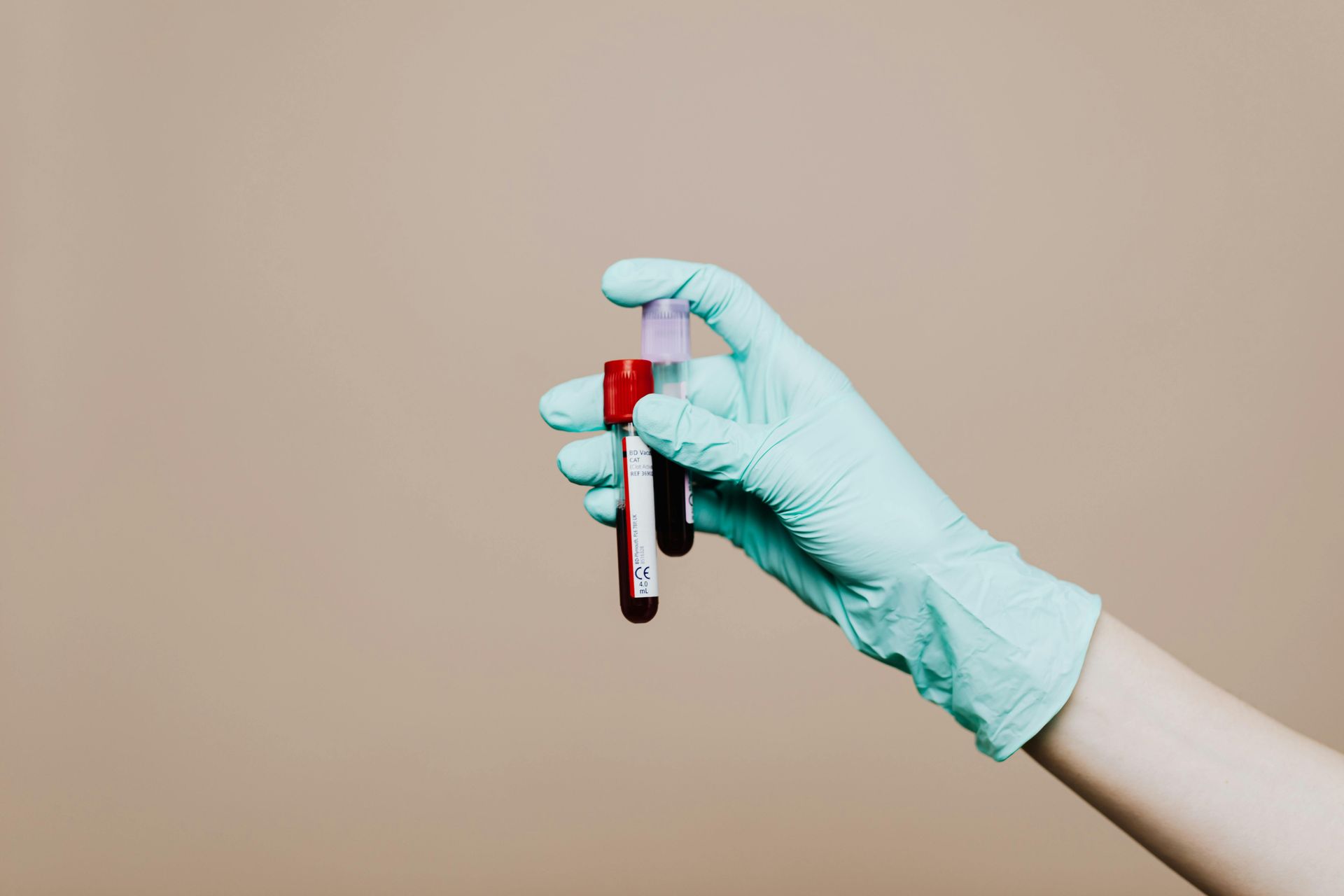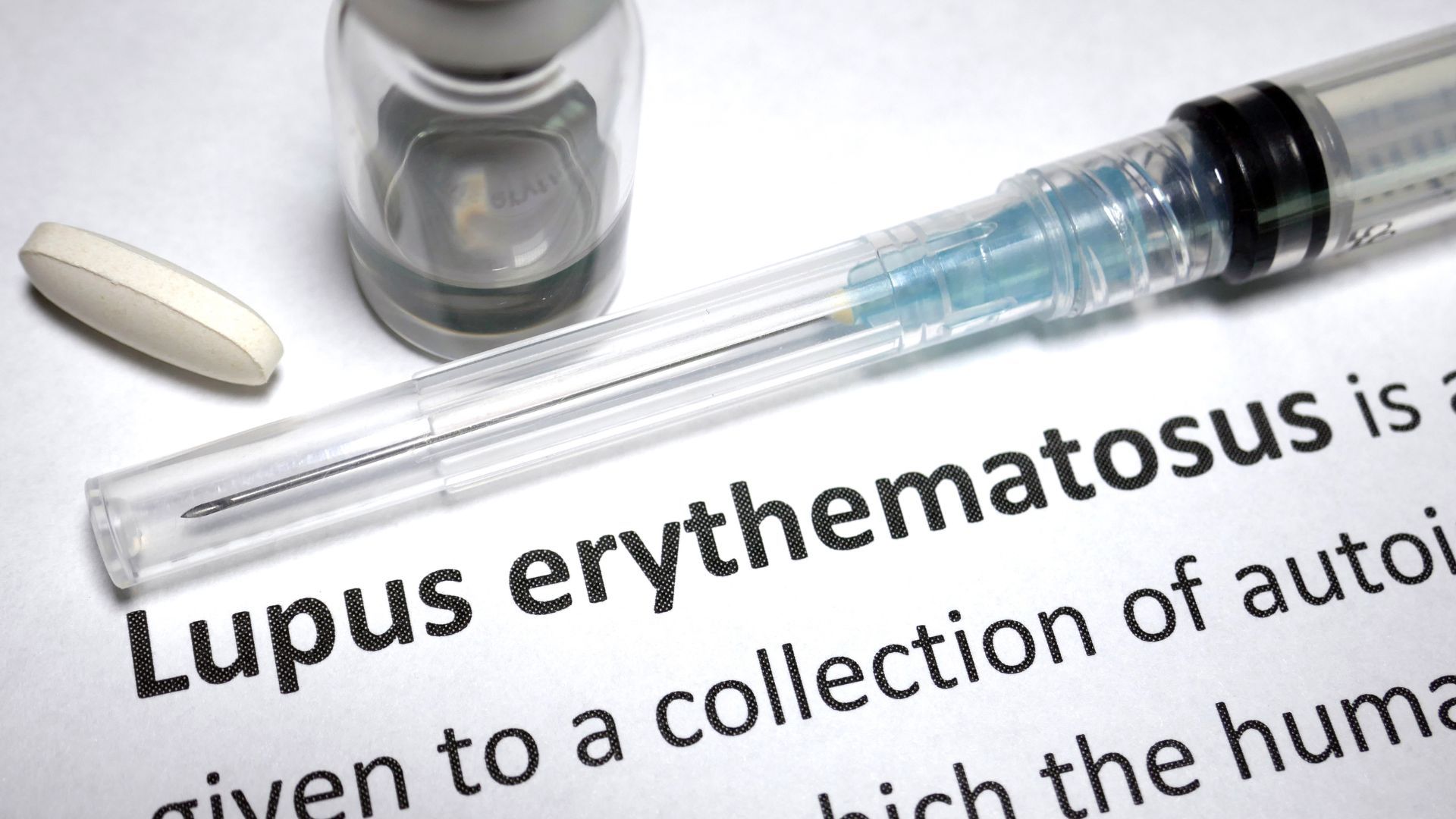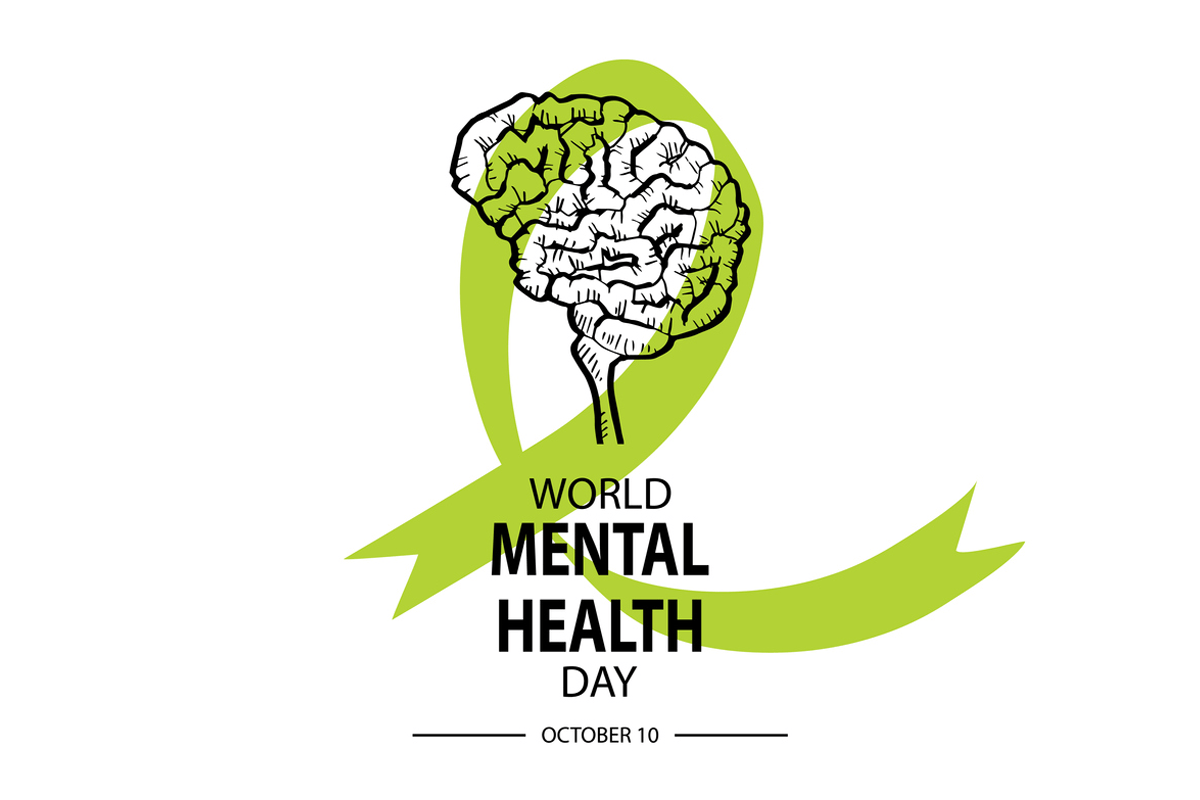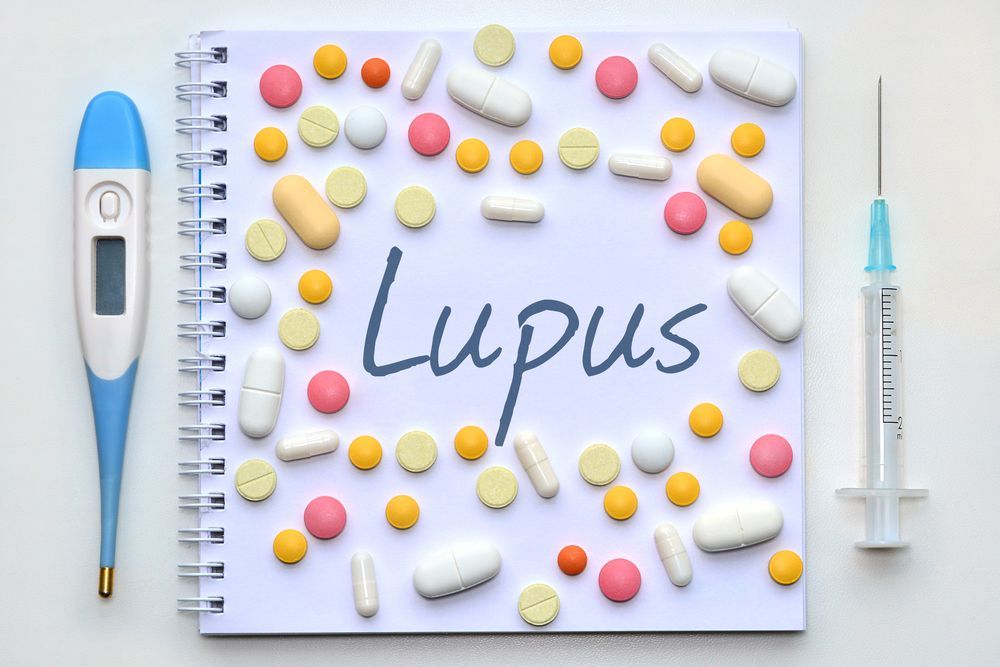Blog

Confused by the healthcare system? Learn how to find trustworthy medical information, ask the right questions, and advocate for your health. The Charlie E & Minnie P Hendrix Foundation for Chronic Illness helps you cut through misinformation and build stronger communication with your healthcare provider.









